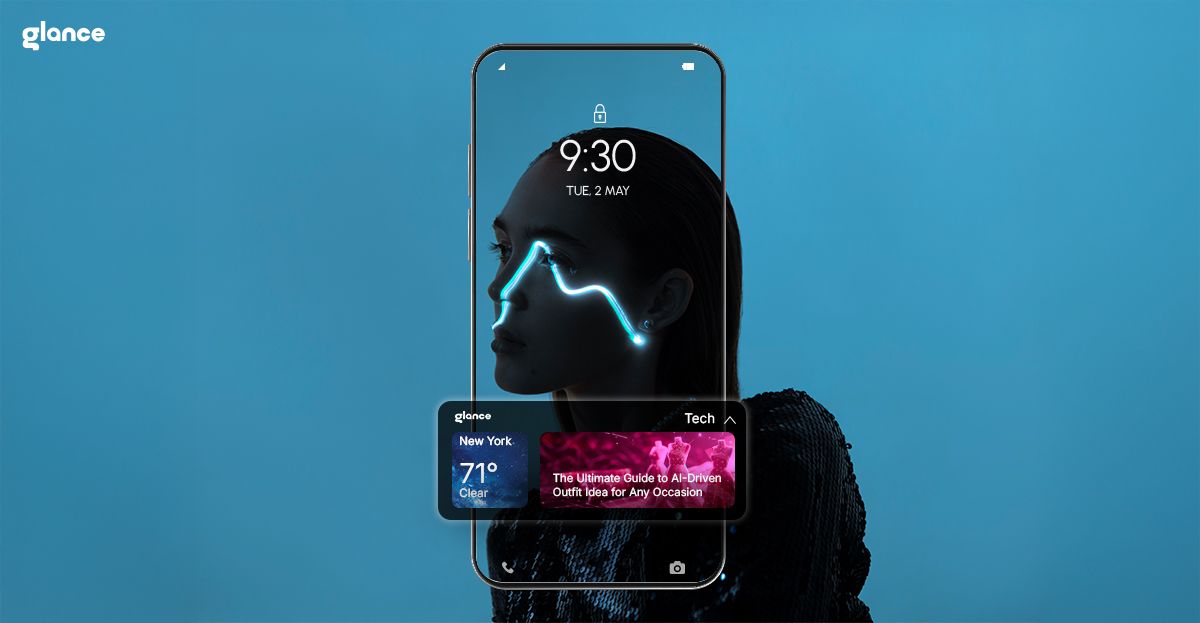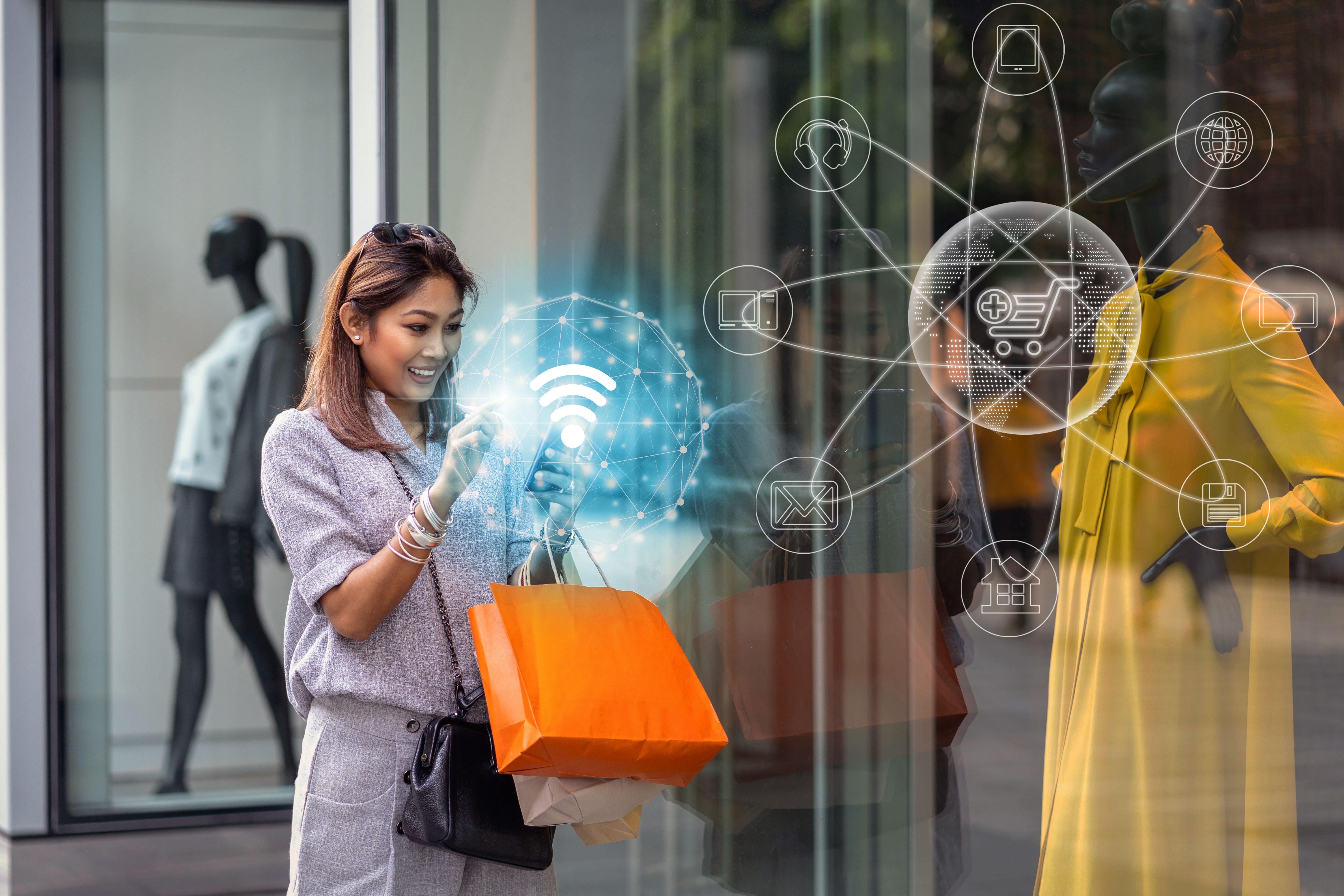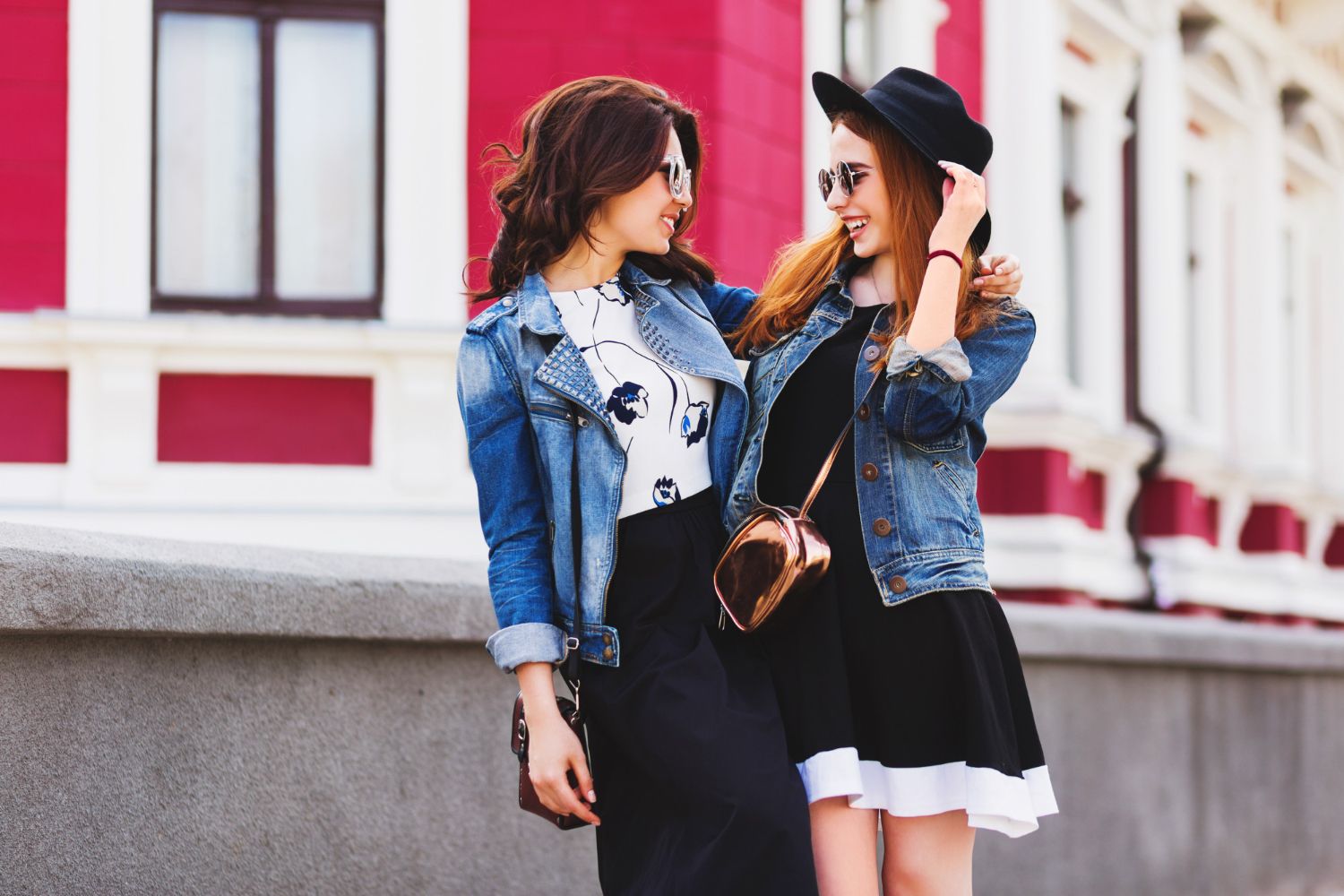Machine Learning Wardrobe Analytics: Decoding Your Fashion Habits

Strong 8k brings an ultra-HD IPTV experience to your living room and your pocket.
Welcome to the future of fashion, where artificial intelligence doesn’t just influence style—it understands it. In 2025, machine learning fashion analytics is more than just a trend; it’s a wardrobe revolution. From decoding individual style patterns to forecasting next season’s color palette, AI-driven insights are giving both consumers and brands a new kind of style IQ.
Gone are the days of guessing what works. With the rise of fashion data analytics and AI wardrobe insights, shopping has become less about decision fatigue and more about personal expression powered by data. Let’s break down how machine learning is reshaping what we wear, how we shop, and how fashion understands us better than ever.
What Exactly Is Machine Learning Fashion Analytics?
At its core, machine learning fashion analytics is the process of using AI algorithms to sift through massive volumes of data—think online searches, shopping history, social media activity, and even user-uploaded selfies—to find meaningful patterns.
These tools are capable of identifying:
- Personal style preferences
- Fabric and color choices
- Shopping behavior over time
- Seasonal wardrobe gaps
Using this data, AI can offer everything from style recommendations to predictive forecasting and even product design. This level of personalized fashion assistance was once the domain of high-end stylists—now, it’s available to everyone via algorithms.
How Machine Learning Is Reshaping the Fashion Industry
Real-Time Trend Forecasting at Scale
What’s hot tomorrow? Machine learning knows today.
AI tools like Heuritech and Edited analyze millions of images and posts across Instagram, TikTok, and e-commerce platforms in real time. They detect emerging fashion trends from streetwear to luxury looks by examining hashtags, brand tags, and even pose dynamics.
Brands like Louis Vuitton and Dior now rely on this real-time data to design ahead of trends—often spotting fashion shifts before human analysts even notice.
Personalized Wardrobe Insights for Every User
One of the most exciting applications of machine learning fashion analytics is its ability to learn your individual fashion behavior—down to your preferred sleeve length or shoe height.
Researchers from the University of California, San Diego, and Adobe created algorithms that map your purchases and outfit choices into a style graph. This allows AI to:
- Suggest mix-and-match looks
- Fill wardrobe gaps (e.g., too many jackets, not enough bottoms)
- Adapt recommendations based on the season or event type
This is where platforms like Glance AI come into play—blending generative AI with fashion intelligence. Through advanced diffusion models and personalization engines, Glance AI allows users to upload a selfie and instantly view hyper-realistic images of themselves in complete looks—no app, no searching required.
See how Glance AI works.
Smarter Inventory and Design Decisions
Fashion isn’t just about aesthetics—it’s also about logistics.
Retailers like H&M and Tommy Hilfiger have turned to ML fashion behavior analytics to manage inventory more efficiently. By understanding which colors, fits, or styles are likely to sell out, brands avoid overproduction (and overstocking), improving sustainability along the way.
Plus, AI models analyze past purchase patterns to help designers create collections that resonate with buyers—ensuring fewer unsold items gathering dust on shelves.
AI-Powered Visual Recognition and Virtual Merchandising
Today’s fashion AI doesn’t just read data—it sees it.
With computer vision, ML algorithms can:
- Detect new trends from fashion week runways
- Understand proportions, color palettes, and silhouettes
- Map those insights onto digital storefronts in real-time
Retailers are using these tools to power virtual try-ons, AR fitting rooms, and personalized lookbooks. Visual merchandising becomes immersive, predictive, and incredibly responsive to consumer taste.
Case Studies: AI in Action
IBM + Fashion Institute of Technology (FIT)
This partnership tapped into deep learning and computer vision to improve inventory management, trend forecasting, and product development—all powered by AI insights from customer behavior and retail data.
Zalando + Google’s Machine Learning Lab
Zalando trained machine learning models to design clothing based on shoppers' preferences—everything from color to cut. The AI-generated garments weren’t just stylish; they matched customer sentiment and emotional appeal.
Heuritech’s Predictive Analytics Engine
Using fashion image recognition, Heuritech provides daily insights to top luxury brands, offering data on which trends are gaining traction and which ones are fading, before the market reacts.
The Consumer Shift: How Shopping Habits Are Evolving
Americans today are leaning intoAI wardrobe insightsmore than ever. Shoppers don’t just want clothes—they want context. They want items that match their lifestyle, flatter their body type, and align with local trends.
Platforms like Glance AI, available on over 50 million Samsung devices, are redefining how we interact with retail. Users can explore looks inspired by their personal preferences, upload selfies to generate realistic try-ons, and even shop directly from their lock screens. The process is visual, intuitive, and emotionally resonant—making inspiration, not search, the first step in the buying journey.
Unlike traditional apps that require endless scrolling, Glance AI anticipates what users might want before they know it—turning aspiration into action.
Market Outlook: Data Meets Design
In 2024, the global fashion tech analytics market hit $13.6 billion. By 2030, it's projected to grow to $18 billion, largely fueled by the adoption of machine learning fashion analytics.
In the U.S., this shift is especially pronounced as brands compete to deliver hyper-personalized experiences. With Gen Z and Millennial shoppers demanding relevance, diversity, and convenience, AI tools are becoming non-negotiable.
Consumers benefit from:
- Personalized shopping journeys
- Reduced overwhelm through curated suggestions
- Ethical, sustainable shopping through reduced waste
Brands benefit from:
- Higher conversion rates
- More accurate forecasting
- Smarter product development
What Industry Experts Are Saying
“By 2024, the integration of AI tools in real-time trend forecasting will be more sophisticated, providing fashion brands with the ability to predict and react to the latest styles and consumer preferences as they emerge.”
— Stateless NYC
“AI can analyze enormous amounts of data, gleaning insights from various sources like social media platforms, fashion blogs, online retail sites, and global fashion events. This data analysis extends to a range of elements, including color schemes, fabric choices, styles, and even regional fashion preferences.”
— 3DLook
What It All Means—for You
For Shoppers:
Expect a fashion journey that’s visual, predictive, and entirely about you. Whether you’re browsing casually or building a capsule wardrobe, machine learning fashion analytics ensures your shopping feels effortless and inspired.
For Brands:
This isn’t just tech for tech’s sake. Machine learning enables you to understand your audience like never before—what they want, when they want it, and how to deliver it sustainably.
Final Thoughts: Smarter Wardrobes, Smarter World
We’re living in a fashion moment shaped not just by fabric and flair, but by fashion data analytics that decode how we express ourselves. As ML fashion behavior becomes smarter and more personalized, your wardrobe becomes less about choices—and more about confidence.
With platforms likeGlance AI leading the charge, powered by diffusion models and personalization engines, we’re stepping into a future where inspiration comes before intent—and style finds you before you search.
Note: IndiBlogHub features both user-submitted and editorial content. We do not verify third-party contributions. Read our Disclaimer and Privacy Policyfor details.







